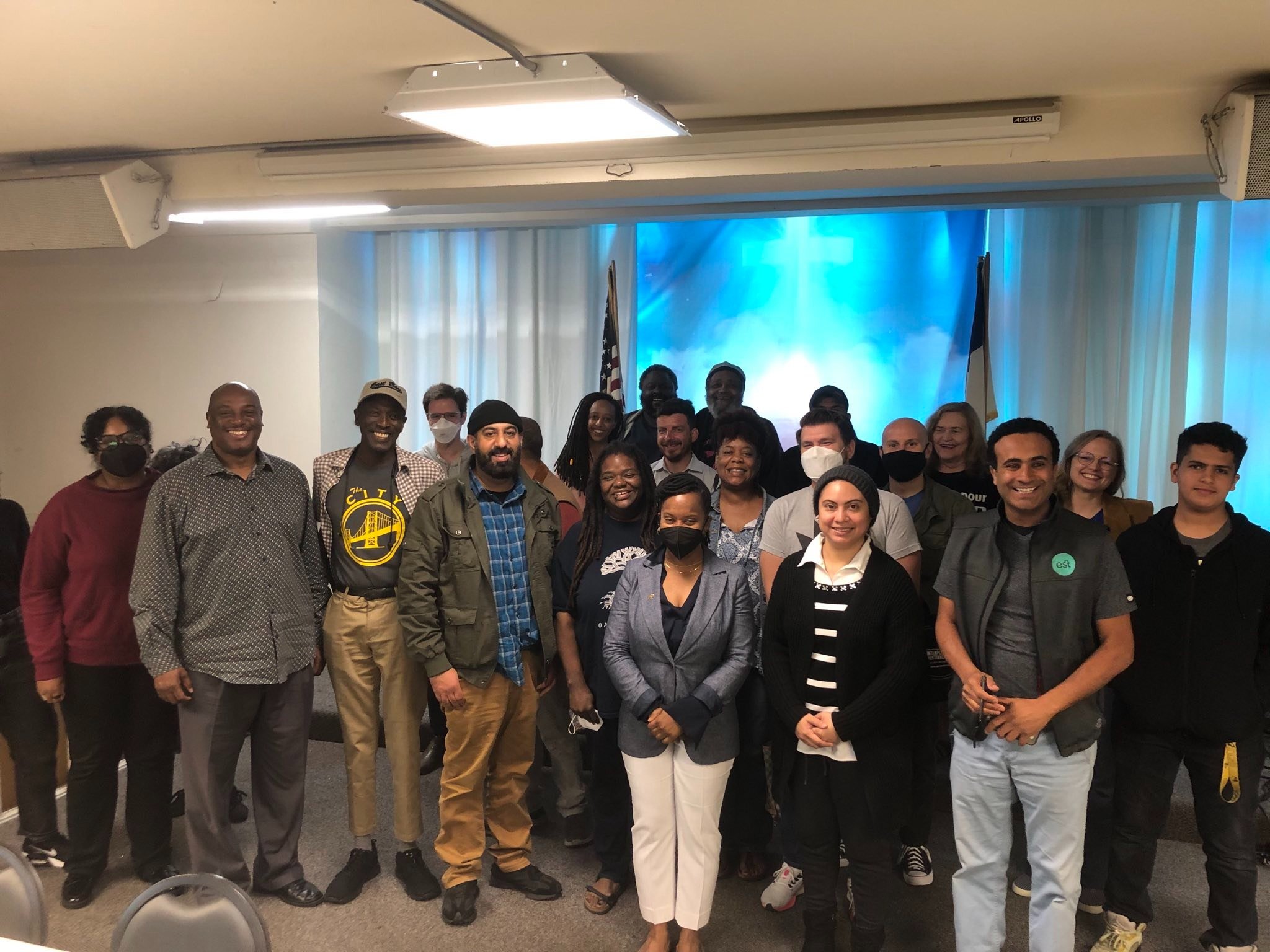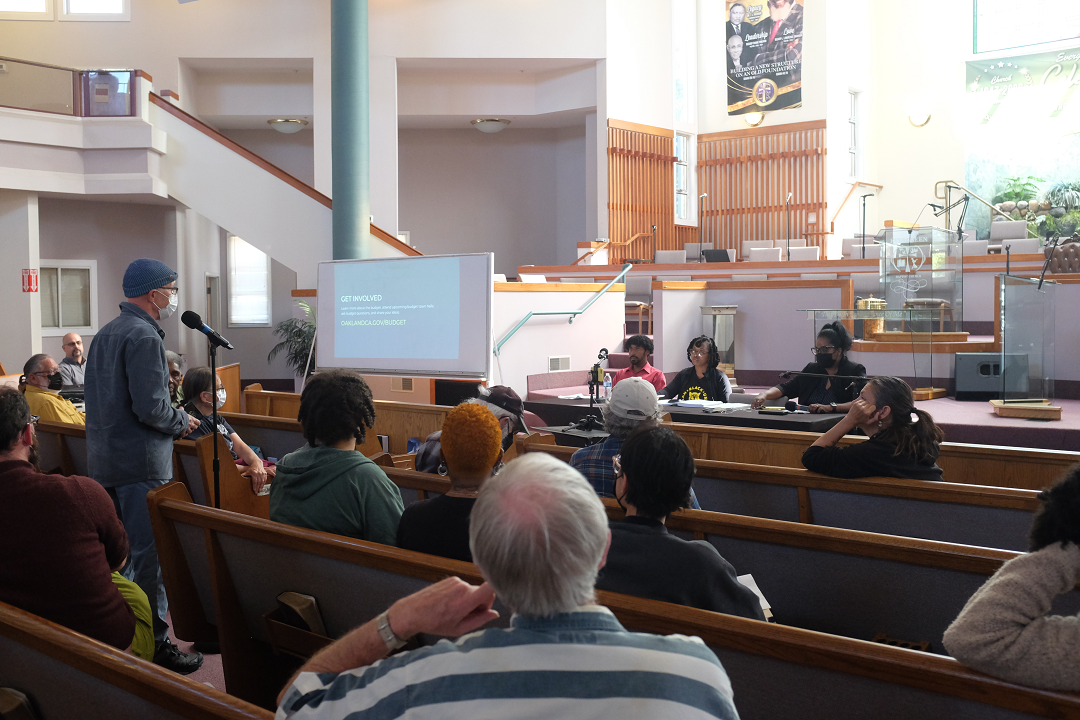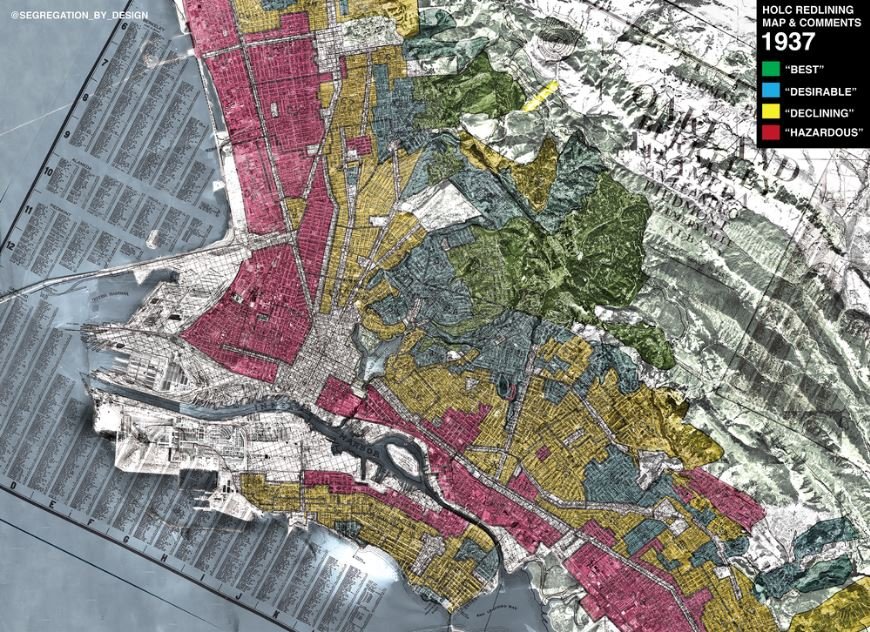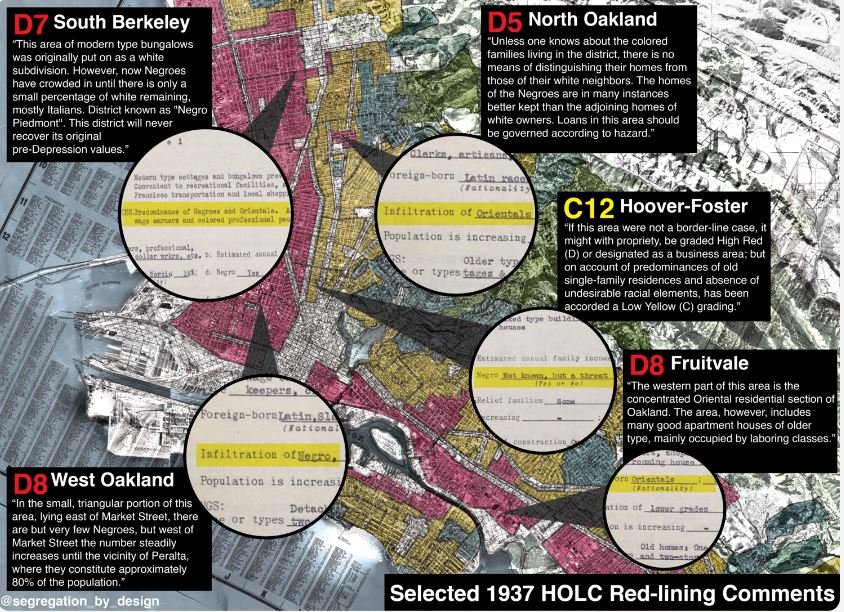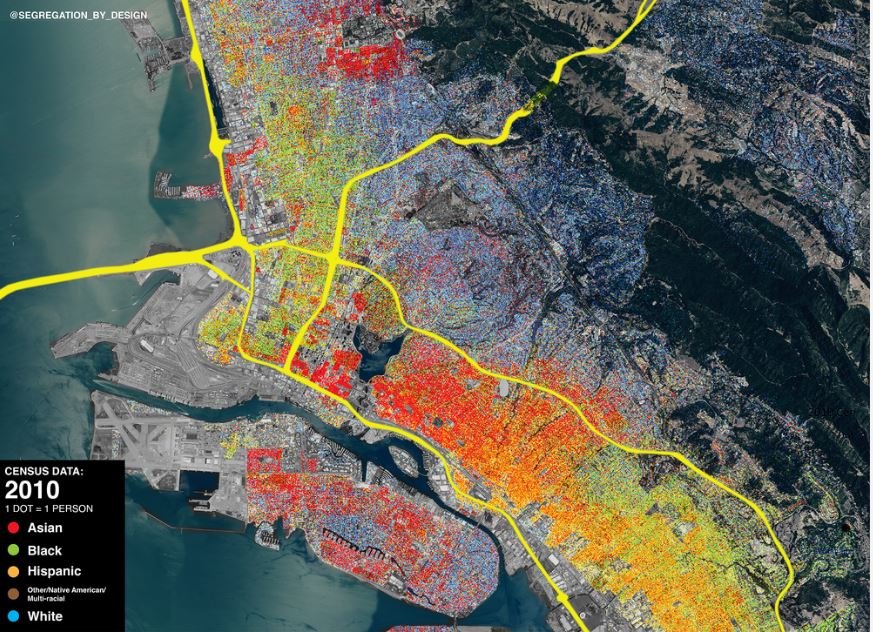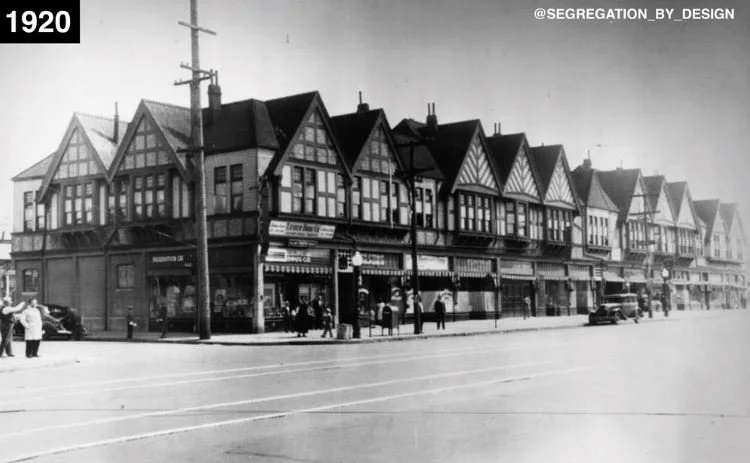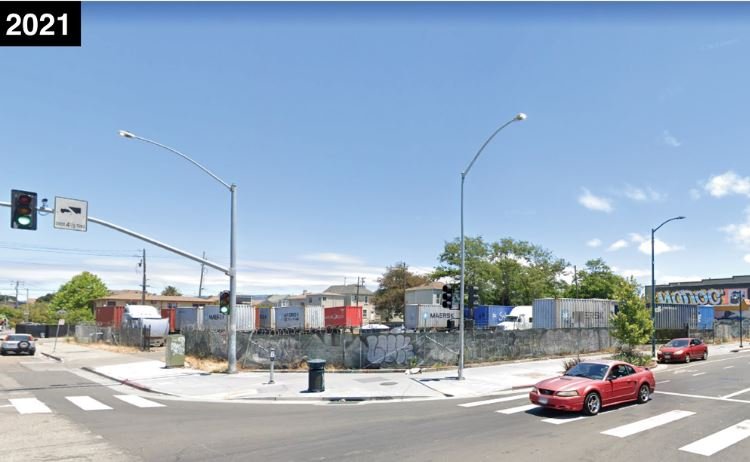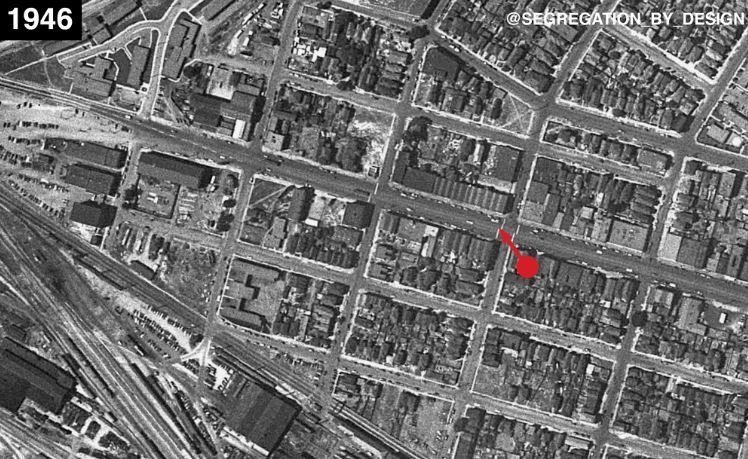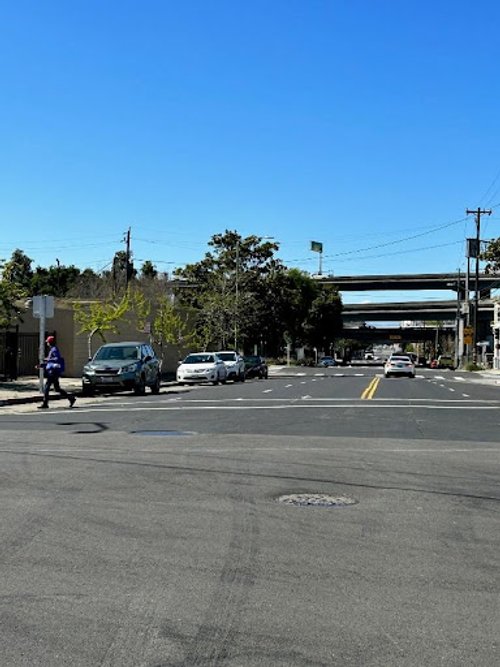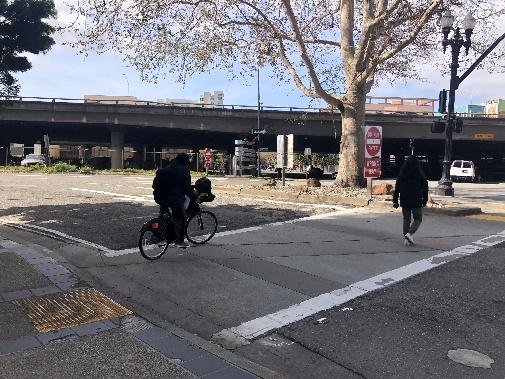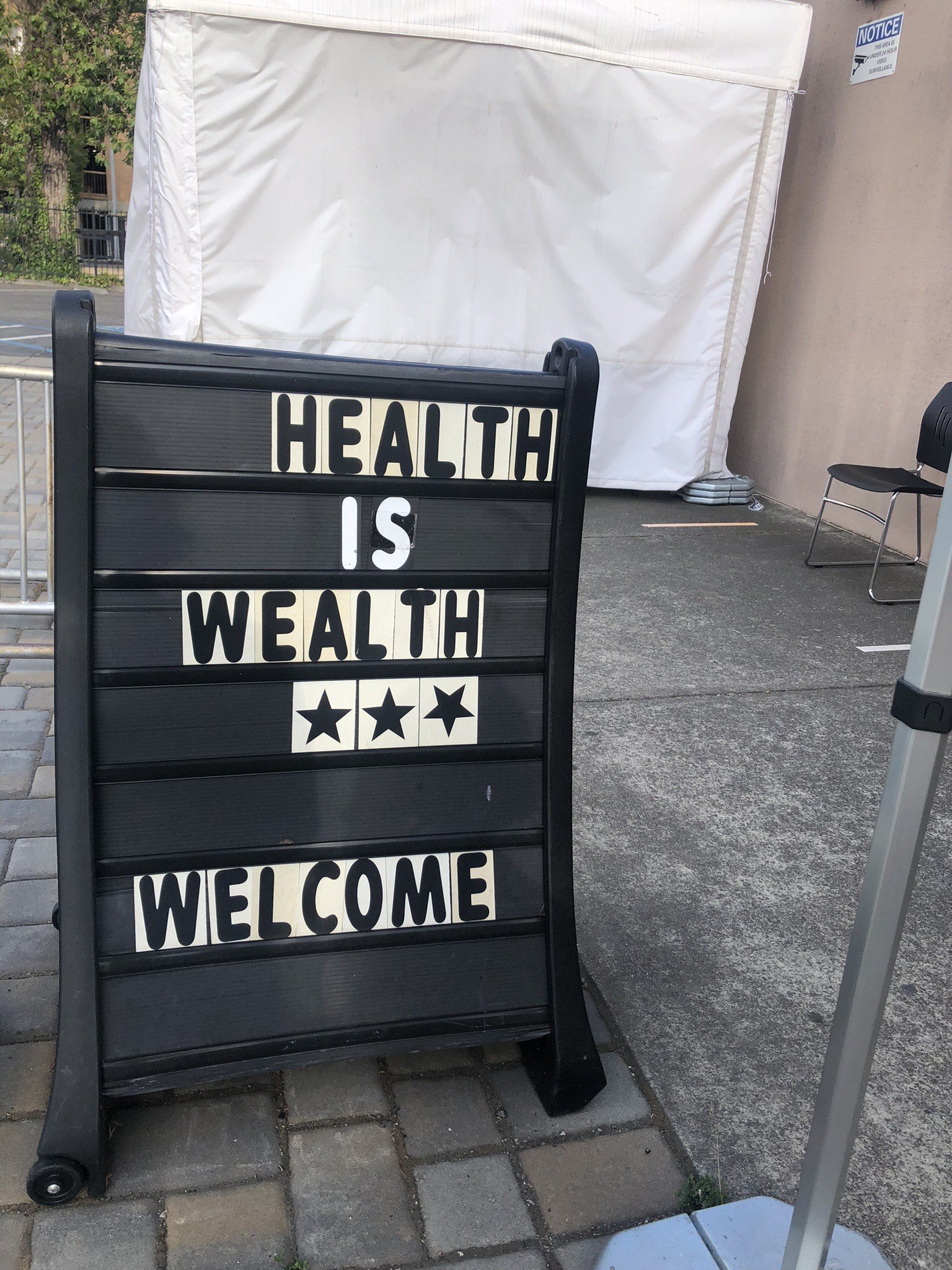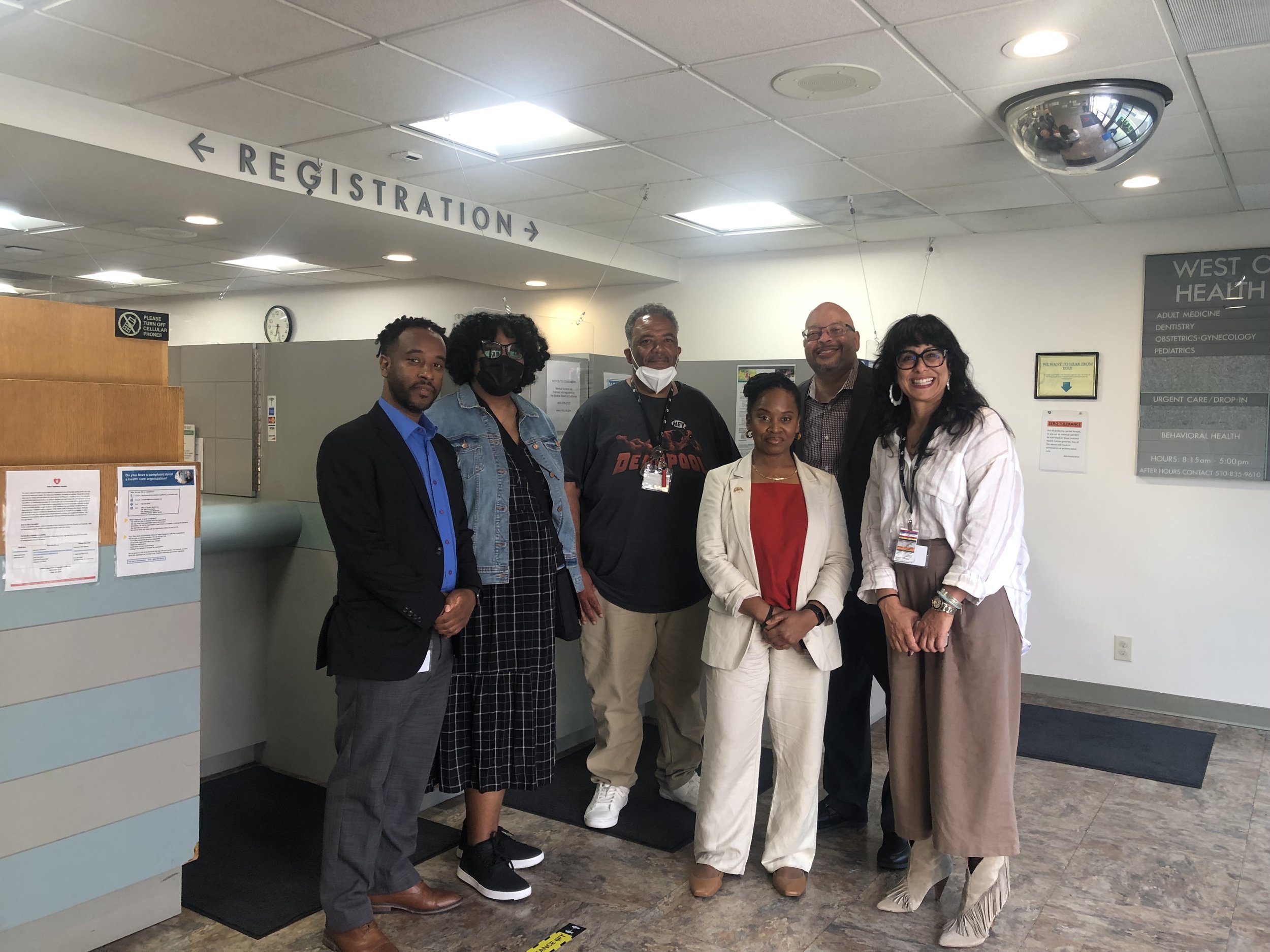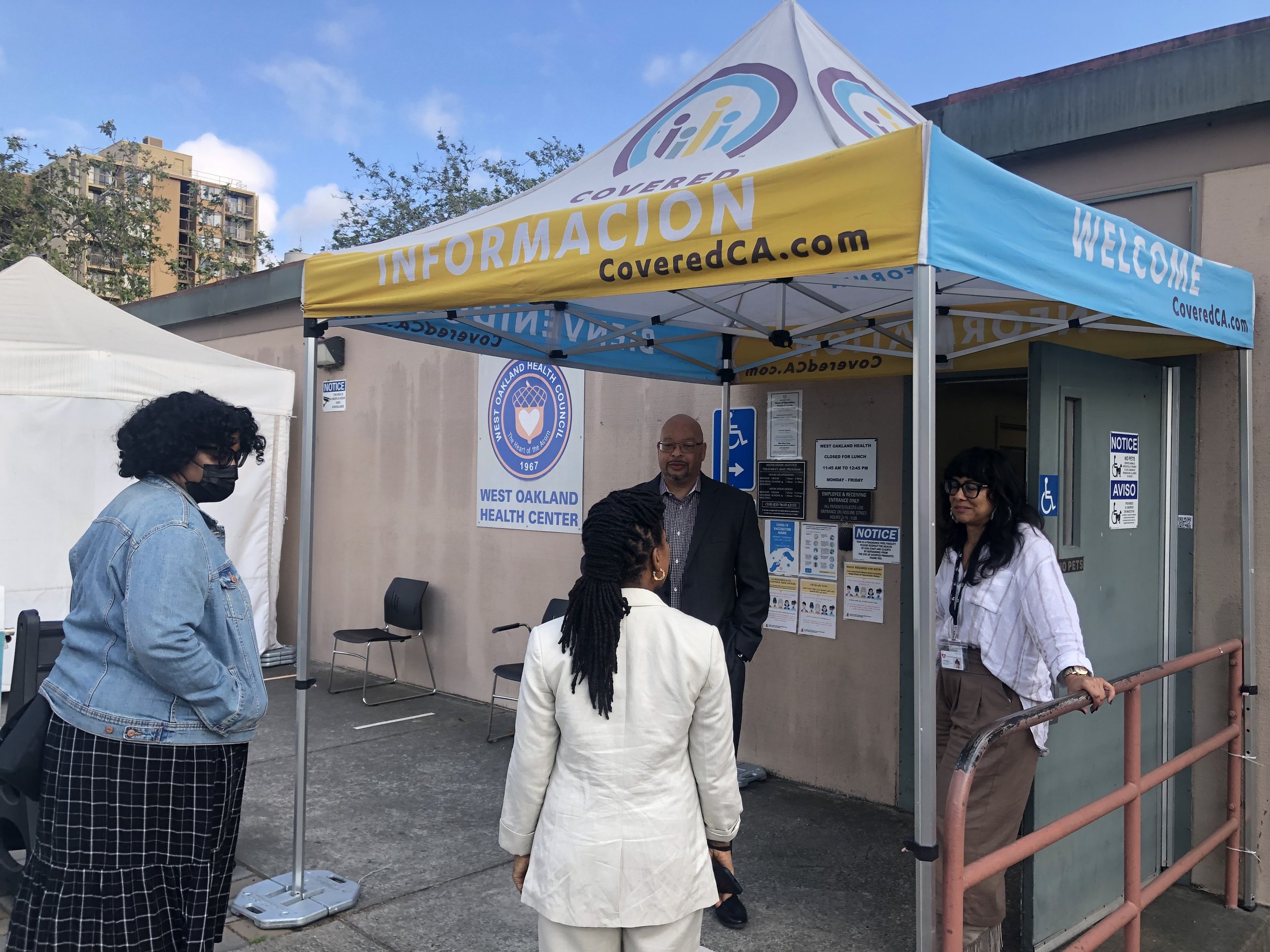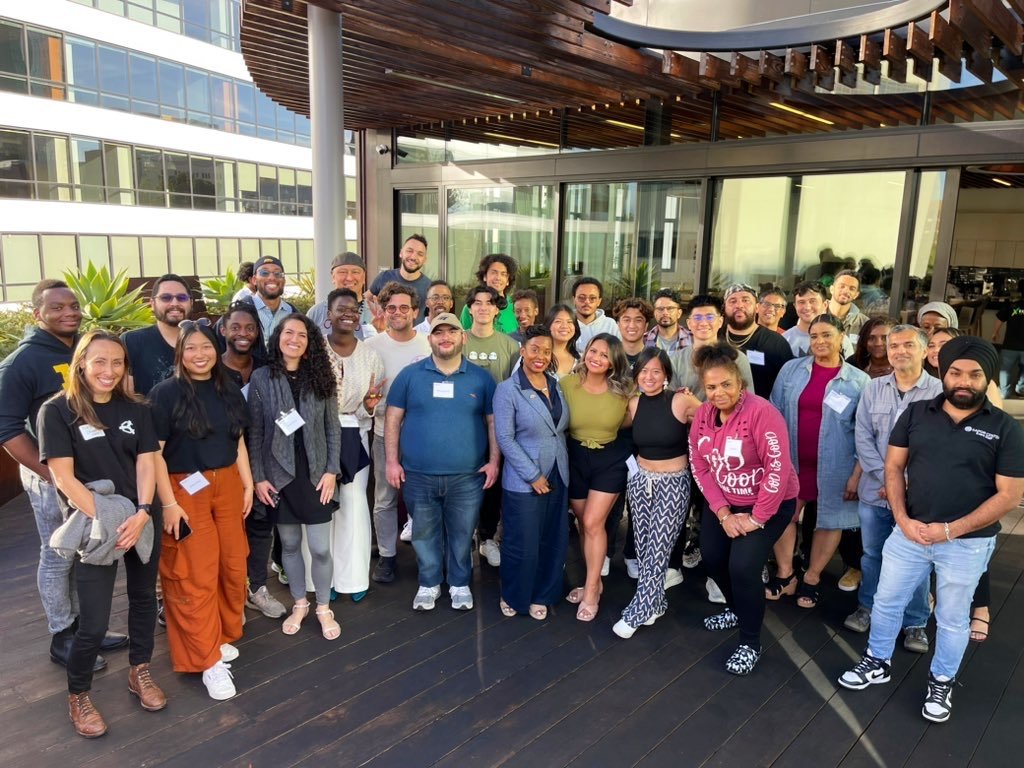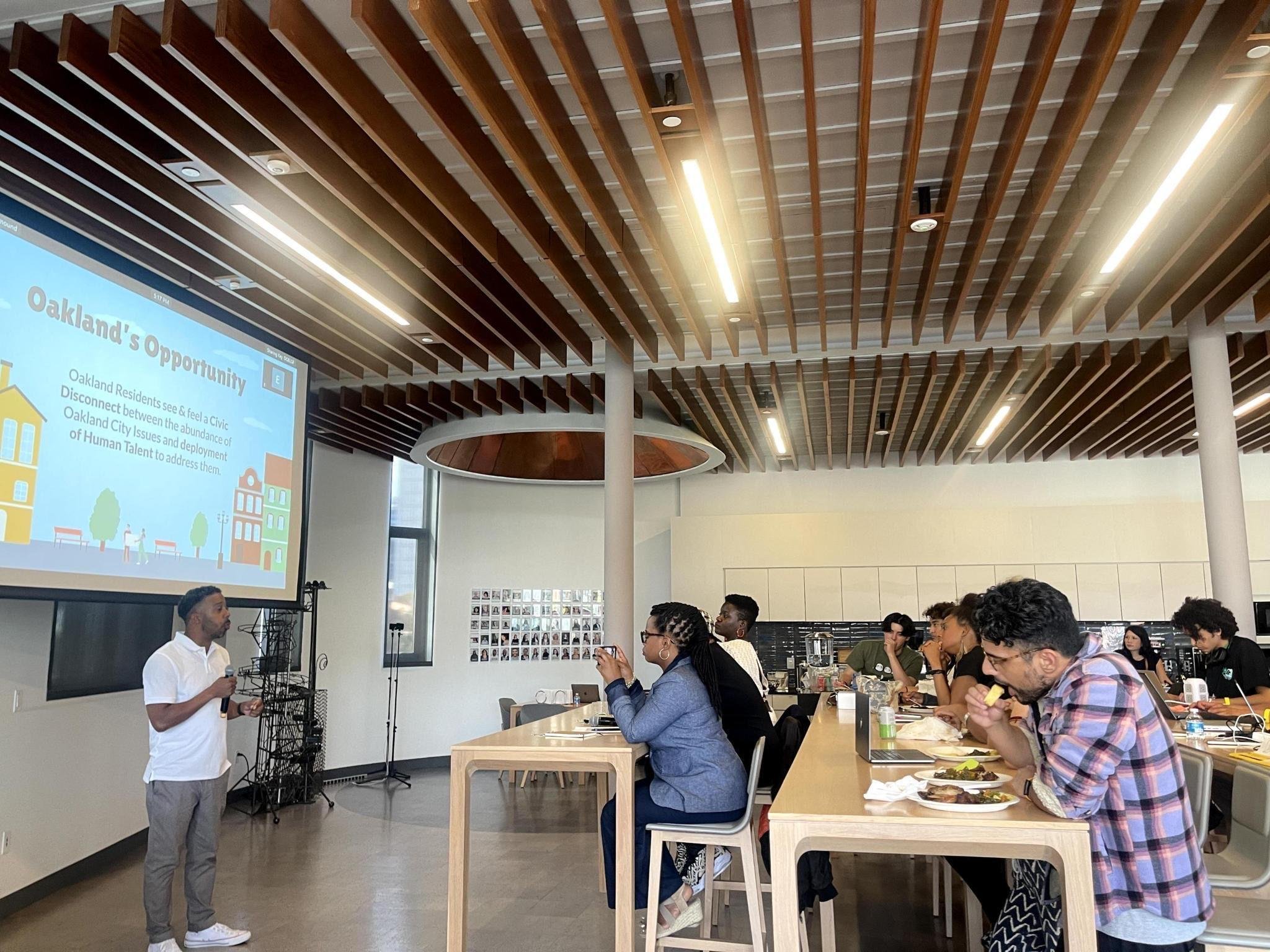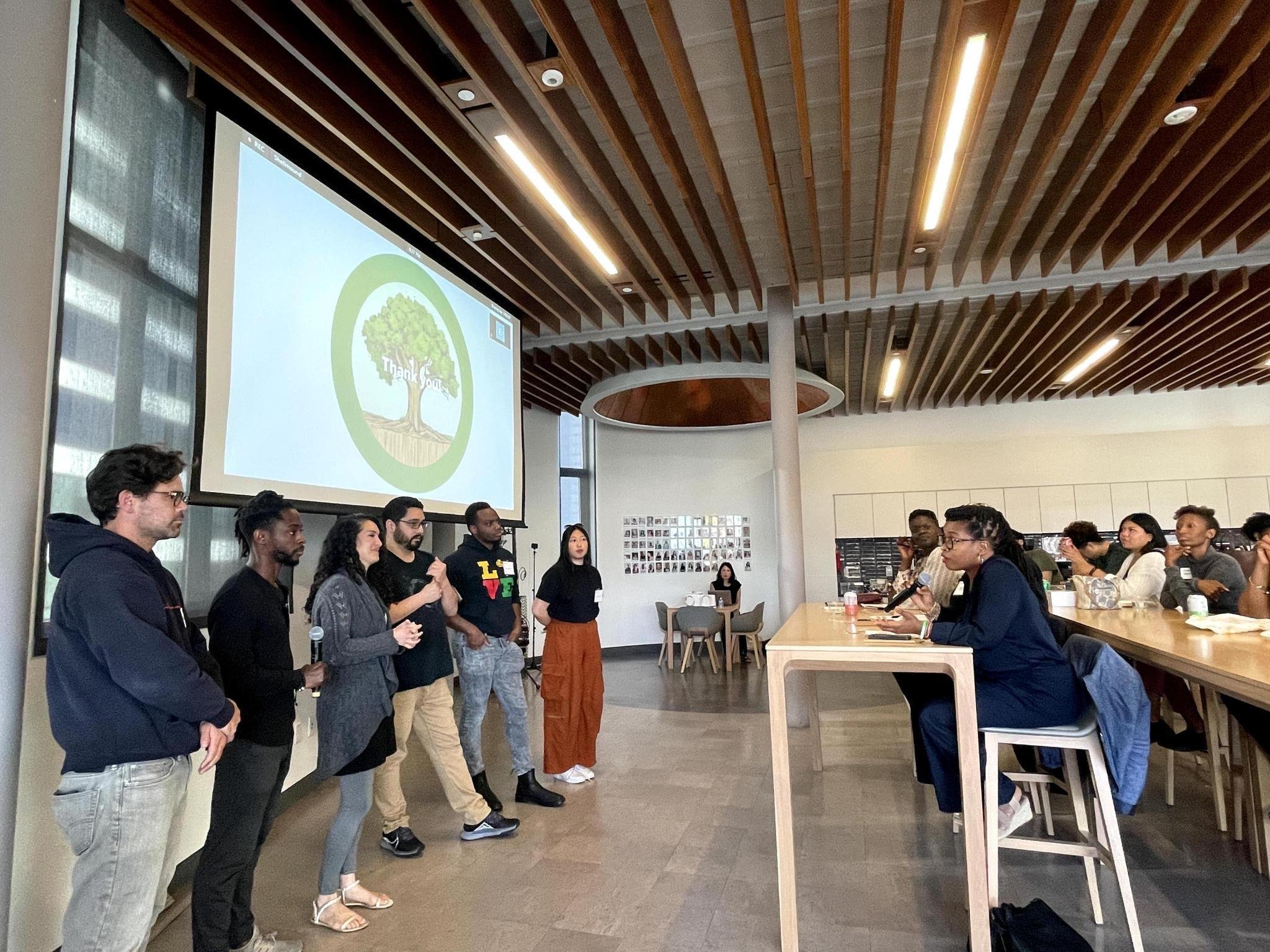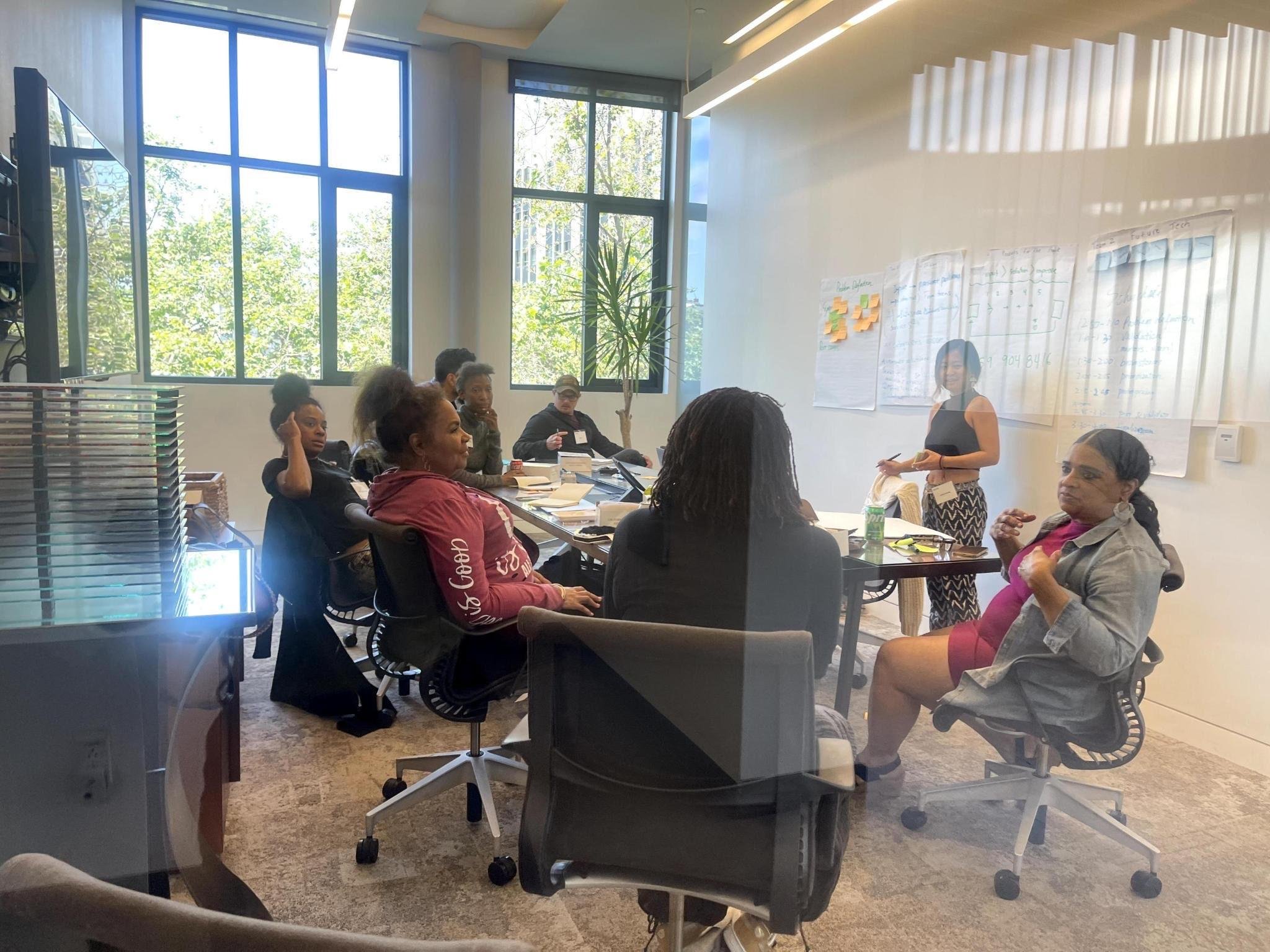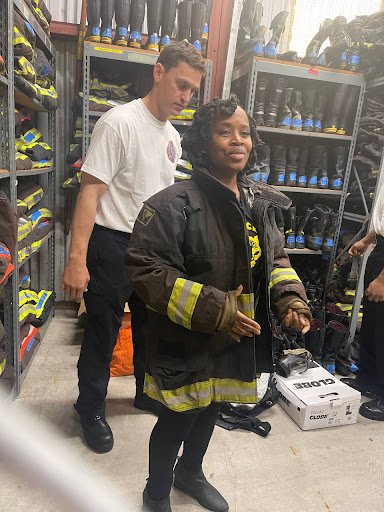July 2023
Dear friends, family and constituents,
The United States of America was founded in 1776 and will soon reach its 250th anniversary, an age that is again being discussed in popular culture as marking the end of an empire. Though there have been empires that have lasted much longer, there are some key happenings that might give credibility to the end of global civilization. Our over reliance on fossil fuels and the rapid and reckless deterioration of glacial ice, rain forests, and our ocean habitats are irreversible examples of pending apocalypse. This country has often acted as an empire with expanded military and monetary reach across the globe, and we are beginning to see serious signs of collapse. With ongoing internal and external turmoil, crumbling infrastructure, and other countries gradually pulling away from the orbit of U.S.supremacy, it seems as every day reveals a new crisis. As billionaires attempt to conquer uncharted terrain of the ocean and space, the rest of us struggle to hold onto, and even improve, the conditions we live in every day.
In this landscape of transition, of beginnings and endings, systemic issues that remained in the shadows have a tendency to emerge.There is light being cast on systems that were corrupt at their foundation of this nation’s origin and have now become deeply entrenched in national operations. We are being confronted by the toxic individualism of this nation, the history of genocidal violence against indigenous people to this land, as well as the violent history of racism and slavery: the foundation on which this country was built. We are being confronted with the fact that American society is based on keeping entire classes of people suppressed through a reliance on structures of control, fear, and hierarchy.
We have so much that we must address as a nation and unfortunately, it's all happening at a time where many people are feeling burnt out from inequitable power structures, wherever they find themselves situated in them. Much of this is by design. In this design, there is a segment of the power structure that has been expanding the reach of their repressive and regressive ideas about the way society should be. They have been planning, building grassroots coalitions, and consolidating power in small and major ways.
The challenges we are experiencing in Oakland are connected to these larger issues and much greater than what a few local council members can resolve, but oh, what we can do together! We must all ask ourselves, what have I been doing to create a just society that can last for generations? What will persist beyond the average age of an empire? I’m not talking about building the big revolutionary acts, but rather the day-to-day work that begins with the basic understanding of how and why and for whom our systems function; the interconnectivity between local, state, and federal governments; or how your own neighborhood works. Have we been building and/or supporting alternate structures, or simply hoping for them to materialize? Have we been learning from our past? Do we know what the status quo has done in that past to avoid change?
If we can begin to study and understand these things, then we can create a solid foundation upon which transformative connections can help us build positive, people-led change that makes the city and the world a better and safer place for all. We must learn from past successful and unsuccessful actions throughout history. Through these lessons learned, we WILL plan and create healthy systems, and do the unglamorous work needed to build our communities block by block.
Structures that are broken and are inherently inhumane must eventually crumble, either making room for more humanitarian systems or room for further isolation and exploitation. As stated by free market fundamentalist Milton Friedman, “Only a crisis - actual or perceived - produces real change. When that crisis occurs, the actions that are taken depend on the ideas that are lying around. That, I believe, is our basic function: to develop alternatives to existing policies, to keep them alive and available until the politically impossible becomes the politically inevitable.”
Will you help me create something better than what currently exists? That is my goal and we are on our way! The recently passed biennial budget is a small step in that direction. In order to create a better tomorrow today, we must imagine the impossible. Let your imagination be grounded in truth and steeped in creativity and love. That’s how we’ll get through tough times, and many hands make light work. So let’s go!
In service and solidarity,
Councilmember Carroll Fife
Items In This Newsletter
Oakland New Budget For FY 2023-25
Black New Deal - What Was Redlining And Urban Renewal?
Rent Adjustment Program - Workshops On The Eviction Moratorium Phase-Out & Rent Registry
Improving Street Conditions on MLK and Broadway - Call For Community Feedback By End of July
Call For Community Driven Public Murals - Paint The Town
Stewarding Raimondi Park
Past Thursday Live - Touring West Oakland Health Clinics
District 3 Bulky Block Party Clean - July 15th
In The Community - People’s Hackathon, Visit To The Oakland Fire Department
Updates
Oakland’s New Budget For FY 2023-25
This week after a nine+ hour meeting, the City Council passed a budget to support our public services for the next two years. Thank you to everyone who attended the several town halls and public meetings to share your pressing needs and hopes for new priorities. While our budget shortfall is a grim reality facing public institutions across the country post-Covid, a result of decades of under-resourcing public interests, we were still able to address some of the vital ways the public depends on local institutions, from infrastructure needs to cultural support.
I worked on Council President Nikki Fortunato Bas’ four-person budget team and from the amendments we drafted, District 3 will specifically see:
Community safety ambassadors in D3 business corridors including First Fridays, KONO district, Jack London Square, Uptown/Downtown, the Black Arts Movement Business District, and more.
Equity-based traffic safety improvements that will include roll out based on a resident-based participatory budgeting process.
Activation of Frank Ogawa Plaza, West Oakland’s 7th Street and more D3 spaces with cultural events including events supporting our cannabis equity permit holders.
Numerous measures to increase equity and inclusion at Lake Merritt, including support for the Freedom Vendors Market, Park Stewards, improved parks maintenance and resources to increase safety and compliance.
Long overdue investment in our public parks and open space activation including DeFremery Park and Pool and maintenance of family serving spaces like Children’s Fairyland.
And all of Oakland will see:
Commitments To Affordable Housing And Tenant Protections:
Creating a Rapid Response Homeless Housing Acquisition Fund with $8.8 million. This fund supplements the $216 million, already in the Mayor’s proposed budget for affordable housing, in order to more rapidly create housing for unhoused residents. This is an unprecedented investment towards affordable housing.
Adding $1 million per year for tenant legal services.
Supporting housing and real estate development with: 1 full time staff position to coordinate appraisals of vacant properties for acquisition for homeless housing and of city properties for potential sale and redevelopment purposes; $50,000 for appraisals of potential land sales, development and acquisition; and $100,000 to support appraisals, seismic assessments, and environmental reports for affordable housing acquisition.
Available funds from Measure Q to program for parks maintenance ($1.6M), homelessness ($418k) and stormwater ($126k)
Commitments To Community Safety, Prevention and Healing
Investing $2.85 million in violence prevention programs ($1.75 million per year in DVP grants)
Increasing traffic safety within District 3 with $100,000 per year for traffic safety around high collision areas.
Adding Human Resources staffing to hire and fill vacant MACRO crisis response positions more quickly.
Dedicating a MACRO team to Oakland libraries.
Commitments To Small Businesses and Economic Justice
Overlapping with community safety:
Adding community ambassadors to business corridors ($1 million each year)
Adding $200,000 per year for the Facade Improvement Program to support small businesses through improvements such as roll-up doors, window repairs, storefronts gates and lighting that revitalize our economic corridors.
Adding Human Resources staffing to hire and fill vacant Planning & Building Positions
Commitments To Arts & Culture:
Increasing Cultural Affairs grants by $300,000 each year.
Allocation of $1 million per year in parking revenue to advance equity and inclusion at Lake Merritt via vendor market and events; Park Stewards; parks maintenance; traffic safety around Lake Merritt; staffing for safety and compliance at the Lake.
Unfreezing the Program Analyst II position in the Cultural Affairs Division and the Special Events Coordinator position.
2. Black New Deal - What Was Redlining And Urban Renewal?
In my last newsletter, I shared that Black New Deal study was approved and how it will research the ongoing effects of public policy decisions of redlining and urban renewal on the Black community in Oakland, and assess ways to redress the harms caused through a Black New Deal. Soon after, I shared online and want to share here what is redlining and urban renewal, with some examples of it here in Oakland.
Redlining
During the New Deal, the government-backed Home Owners Loan Corporation (HOLC) created maps of “residential security,” where neighborhoods were classified based on perceived investment risks.
Neighborhoods that were considered desirable in Oakland and other places were given an A rating and colored green, those in the least undesirable areas were given a D rating and coded red. These rankings were determined by building age, the conditions of the building, neighborhoods amenities and infrastructure.
However, the most important factor that determined neighborhoods classification was its racial composition. What this meant was that even if you had a small Black population area, it would get a D rating and that disqualified the residents in that particular area from government insured loans. This made it harder for developers to get money to build in these red areas, hence the term redlining. These maps also determined who was eligible for the New Deal’s generously-subsidized, government-backed mortgages.
From the project Segregation By Design:
These mortgages enabled white people in cities across the country to become homeowners and to begin building the generational wealth that today underpins much of the white middle class.
People living in the red-lined areas—overwhelmingly people of color—were ineligible for such loans and were not given the financial leg up which the government gave to white people. Many remained renters, unable to afford their own homes or were blocked from moving to the newly built, racially-restricted suburbs.
The financial incentives created by red-lining heavily encouraged white people to move to the racially-restricted suburbs, which they did en masse, while forcing people of color to stay in the city center. This was government-designed segregation, and the loss of urban population meant the loss of a tax-base in cities, leading to fewer services and urban decay. Federal and state antipathy towards the increasingly Black “inner city” exacerbated the downward spiral.
Red-liners were particularly concerned with eliminating “border-line” zones in which physical connections could allow further “infiltration.” Thus highways were often intentionally built as barriers between differently graded areas. Within red-lined areas, people who already owned their own home or business often became dispossessed anyway, as highways later came plowing through. The highways took the red-lines off the map, and built them in the real world.
With few exceptions, the racial makeup of present-day Oakland corresponds to the red-lining map from 1937. The areas of “higher” residential grades (green and blue) are today predominantly white, whereas the areas of “lower” grades (yellow and red) are today predominantly Black, Asian, and Latino. This is no coincidence.
Urban Renewal
Urban renewal often refers to an era of government-funded capital improvement projects in the 1960s and 1970s that were a part of President Johnson’s “Great Society” (e.g. freeways and BART construction). In the Bay Area, many of these projects prioritized the interests of homeowners in the suburbs at the expense of renters, and neglected West Oakland residential public improvement needs.
An example? The development projects that destroyed Seventh Street:
Seventh Street was once a thriving scene of Black-owned jazz clubs, movie theaters, restaurants, retail, and businesses, all contributing to a prosperous Black middle class. It was the cultural epicenter of West Oakland, the “Harlem of the West”. A series of urban development events changed this:
-> In 1941 when the rails were removed and the ferry-service ceased, Seventh Street was no longer the central street for transbay traffic. Still the area thrived into the 50s, even as the transit network was dismantled and government-backed red-lining purposefully depressed values.
-> In 1957 the government plunged the Cypress Freeway through the middle of West Oakland, badly wounding the surrounding community, dumping bridge traffic and exhaust into the neighborhood.
-> In 1960, over 500 homes off of Seventh Street were demolished to make way for the USPS distribution center—most of those homes were demolished for the facility’s parking lot.
-> Finally, the retail strip of Seventh itself was demolished to make way for the BART Station parking lot and the elevated rail viaducts leading to the Transbay Tube. With its far-flung, suburban stations, BART’s goal was to connect the new, racially-restricted suburbs to San Francisco; BART was designed to pass through Oakland rather than properly serve it, with West Oakland merely being an in-between. West Oakland station was constructed as a park-and-ride, displacing businesses for yet another parking lot.
The West Oakland BART station, the USPS distribution center, and the Cypress Freeway are all examples of eminent domain and urban renewal being used to erasure Oakland’s Black community.
3. Rent Adjustment Program - Workshops On The Eviction Moratorium Phase-Out & Rent Registry
Eviction Moratorium Phase-Out
The COVID-19 Emergency Moratorium will soon end, with the legislation also adding new tenant protections. RAP is hosting a series of workshops to share an overview of rights and responsibilities under the new laws for both tenants and landlords. Topics include covered units, prior state and local eviction laws, the new law on rent increases, evictions, late fees, and Just Cause amendments.
Upcoming moratorium-specific workshops, all 5:30-7pm:
Weds, July 19th: tenant-focused
Weds, July 26th: property owner-focused
Weds, August 2nd: tenant-focused
Weds, August 16th: property owner-focused
Weds, September 6th: tenant-focused
Weds, September 20th: property owner-focused
Weds, October 4th: tenant-focused
Weds, October 18th: property owner-focused
Weds, November 1st: tenant-focused
Weds, November 15th: property owner-focused
Rent Registry Now Live
Rent registries are a major step in the right direction for housing justice. With minimal cost and hassle, they can add much-needed transparency to the landlord-tenant relationship, keeping landlords accountable and helping renters stay safe and stable in their homes. Owners of rental units were required to register their units’ tenancy information by July 3, 2023. While there is no late fee, property owners cannot evict or increase rent until they register.
For more information on any of these workshops and to sign up, visit:
https://www.oaklandca.gov/resources/rent-adjustment-program-workshops
4. Improving Street Conditions on MLK and Broadway - Call For Community Feedback By End of July
The Oakland Department of Transportation (OakDOT) is working to deliver projects that will strengthen connections between West Oakland, Chinatown, Downtown, Old Oakland, and the Jack London District.
Martin Luther King Jr Way Streetscape Improvements
OakDOT is developing designs for Martin Luther King Jr. Way Streetscape Improvements, which is focused on MLK Jr. Way between 2nd Street and 14th Street. The project will design and construct improvements aimed at improving pedestrian and bicyclist safety along Martin Luther King Jr. Way, including bike facilities, curb ramps, bulb-outs, and high-visibility crosswalks. The project will plant new street trees to make the neighborhood more climate resilient, and it will also install fiber optic cable to expand free OakWiFi.
Tell us what you think! Take the short online survey to indicate the improvements that are needed on MLK Jr. Way. The survey is available in English, Chinese, and Spanish.
Learn more by visiting the project website: www.oaklandca.gov/mlk
Broadway Streetscape Improvements
OakDOT is developing designs for the Broadway Streetscape Improvements, which is focused on Broadway between 2nd and 11th Street and between 20th Street and Grand Avenue. The project aims to improve safety and accessibility for people who walk, roll, and take transit along Broadway. The scope of improvements has been informed by previous community engagement and adopted plans. Improvements include curb extensions, ADA curb ramps, high visibility crosswalks, bus-only lanes, and improvements to the Broadway/I-880 underpass (such as pedestrian lighting).
Your input is needed! Fill out a short survey to tell the project team about your priorities for traveling along Broadway and what types of improvements you're excited about. The survey is available in English, Chinese, and Spanish.
More information about the project can be found at: https://www.oaklandca.gov/broadway
5. Call For Community Driven Public Murals - Paint The Town
Paint The Town is an initiative to bring community generated murals throughout the City. If you have an idea, a sketch and a general location in mind, you can submit your ideas to them and they’ll reach out to you. Together they will work with your community to finalize a design and pick a date for painting. Paint the Town is open to applicants of all ages and organizations, community groups, and individuals.
Paint the Town is run through a partnership between OakDOT, Eastside Arts Alliance and SafePassages. For more information on program guidelines visit their website at https://www.oaklandca.gov/projects/paint-the-town or email mamichai@oaklandca.gov
6. Stewarding Raimondi Park
The City of Oakland Parks, Recreation & Youth Development (OPRYD) department is seeking community input and proposals for Raimondi Park.
From OPRYD:
OPRYD are seeking qualified community-oriented organizations to lease three (3) underperforming athletic fields in Oakland while preserving public access, one of which is Raimondi Park. These community partners will lease the athletic fields, provide capital renovations, and maintain the facilities to a high standard.
Although the lease of the facilities will allow for private programming, the City’s equity goals will guide the agreement and require selected partners to prioritize all existing and future public city programs, immediate neighbors, and residents of Oakland to ensure inclusive and enhanced public access to the programming and quality athletic field facilities.
OPRYD would like to seek input and guidance from neighbors, residents, and users on ways to ensure the community’s access to and experience of recreational services are not only met but enhanced through this proposed lease process. The City of Oakland would greatly appreciate if you could provide your feedback by completing a 10-minute survey at oaklandca.gov/projects/athletic-field-lease. For more immediate questions and comments, email Hank Phan at hphan@oaklandca.gov
Events
7. Thursday Live - Touring West Oakland Health Clinics
If you missed my live last Thursday where I did an in-person tour of Chappell Hayes McClymond’s Health Center and the West Oakland Health Center, you can still watch the tours of each health clinic here.
The Chappell Hayes McClymond’s Health Center is run by UCSF Benioff Children’s Hospital at the McClymond’s High School Campus, and serves patients under 24 years old with a wide range of adolescent health services including:
Well child checks
Vaccines
Labwork
Physical exams
Sports physicals
General issues that come up from skincare to sprained ankles
Reproductive health care services
Gender-affirming care
Integrative health care such as acupuncture
Counseling and mental health services by Black and Brown therapists, providing culturally aware care
The West Oakland Health Center was started fifty years ago by four Black mothers in the midst of the Civil Rights and Black Power movements and continues to be a hub for health, compassion, engagement, and inspiration. They service patients both with and without insurance, and are actively taking on new patients. Services include:
Onsite medical pharmacy - With wholesale discounts passed onto patients
Oral health - Comprehensive dental lab
Optometry - With glasses available under $30!
Primary and preventive care services, overall adult medicine
Vaccines
WIC and women’s health
Pediatric care
Behavioral health
Covid testing
CalFresh enrollment
Food pharmacy - Every third Thursday
To get a sense of both facilities and their offerings, you can watch the live tours on my Youtube page.

